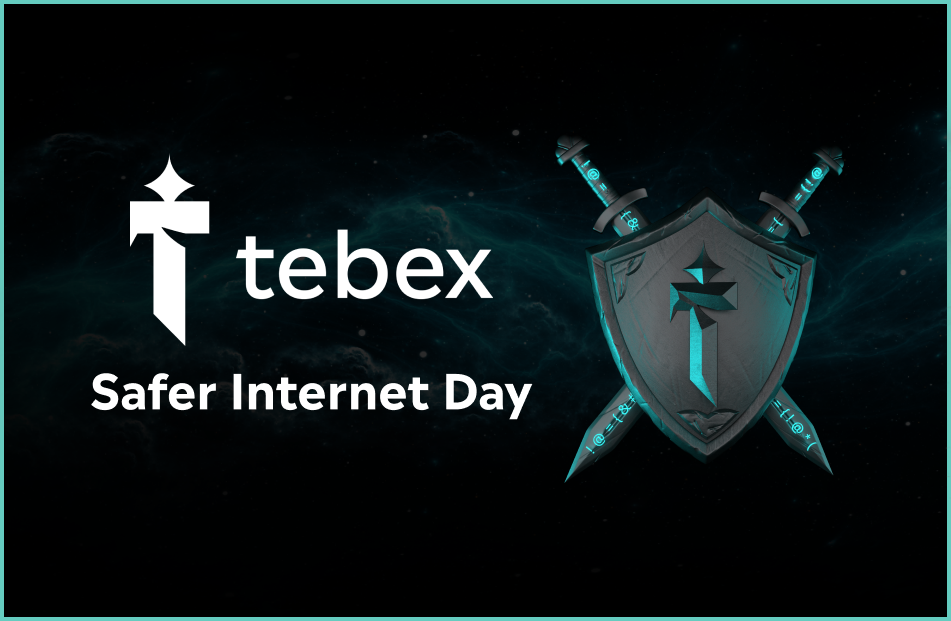This Safer Internet Day, Payments & Compliance specialist Dan Clarke wanted to share with you a few tips that we’ve picked up to help you provide a safe environment and content for new and existing users.
1. Write Store And Server Rules, Enforce Them, But Be Flexible
It’s good to have clear, direct rules written in an easily understandable way. You don’t need to be too specific - emphasize following the spirit rather than the letter of the law. You can use your guidelines to help promote the behaviour you want to see in your community.
Don’t be afraid to adapt your rules - sometimes, you’ll find that rules no longer apply, are too restrictive, or, in some cases, even exclusionary. If you find there are issues, there’s no harm in revising the guidelines.
Once you’ve got your guidelines in place, it’s important to enforce them consistently. This lets your users know you care and are dedicated to keeping them safe.
Don’t forget the human side of running a community - talking to users, solving problems, de-escalating conflicts, and giving second chances can help a community feel like they’re being treated fairly and foster a friendly atmosphere. People can make mistakes, and a good community can help its members learn.
Providing a way for users to make reports to you - or your moderation team - means you can review and handle any issues that arise.
2. Consider The Content You Provide
There’s no one-size-fits-all solution to making sure content is appropriate for your users - each community is going to have its own needs. For example, the considerations for a Minecraft store are likely not going to be the same for a FiveM store. When it comes to your user base, think about who’s likely to encounter it. Don’t just think about the core demographics - think about who else might consume your content. For example, your users might mostly be in their twenties, but is it possible that someone much younger uses your products? How might your content affect them? Can your products be misused? Are there design choices or safeguarding measures you can take that help protect your users? When producing the content, you can think about what impact your choices make on the end user and whether to include or exclude certain features or mechanics.
Provide clear product descriptions. This allows individuals to make informed decisions on whether the content is right for them or whoever they might be making the purchase for.
You can include rules for the community that explicitly state that users must be a certain age to participate. You can also provide a channel for feedback and questions to understand how your community feels about your content.
These suggestions don’t just apply to age - you can think this way about how your content may affect marginalised groups, people from different backgrounds, and vulnerable people.
3. This Is Your Show
You know the content you provide and the community that consumes it the best, so trust yourself. If something feels wrong, there’s a good chance your community is feeling it, too. Speak to them and trust your instincts to make changes you think will benefit them. Ultimately, rely on your own feeling of what’s right and make the decisions you feel are for the best for your consumers.
If you’re ever in doubt about any of the above, you can always reach out to us, and we’ll be there to support you. Ultimately, it’s a collaborative effort to make the Internet a safer place for everyone.

